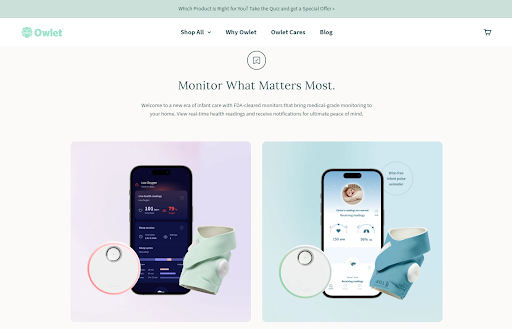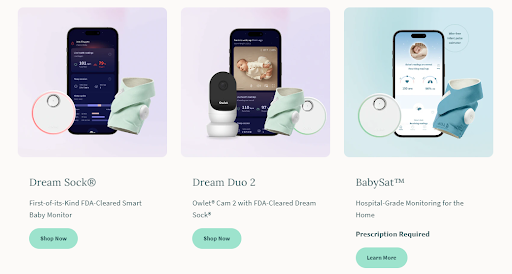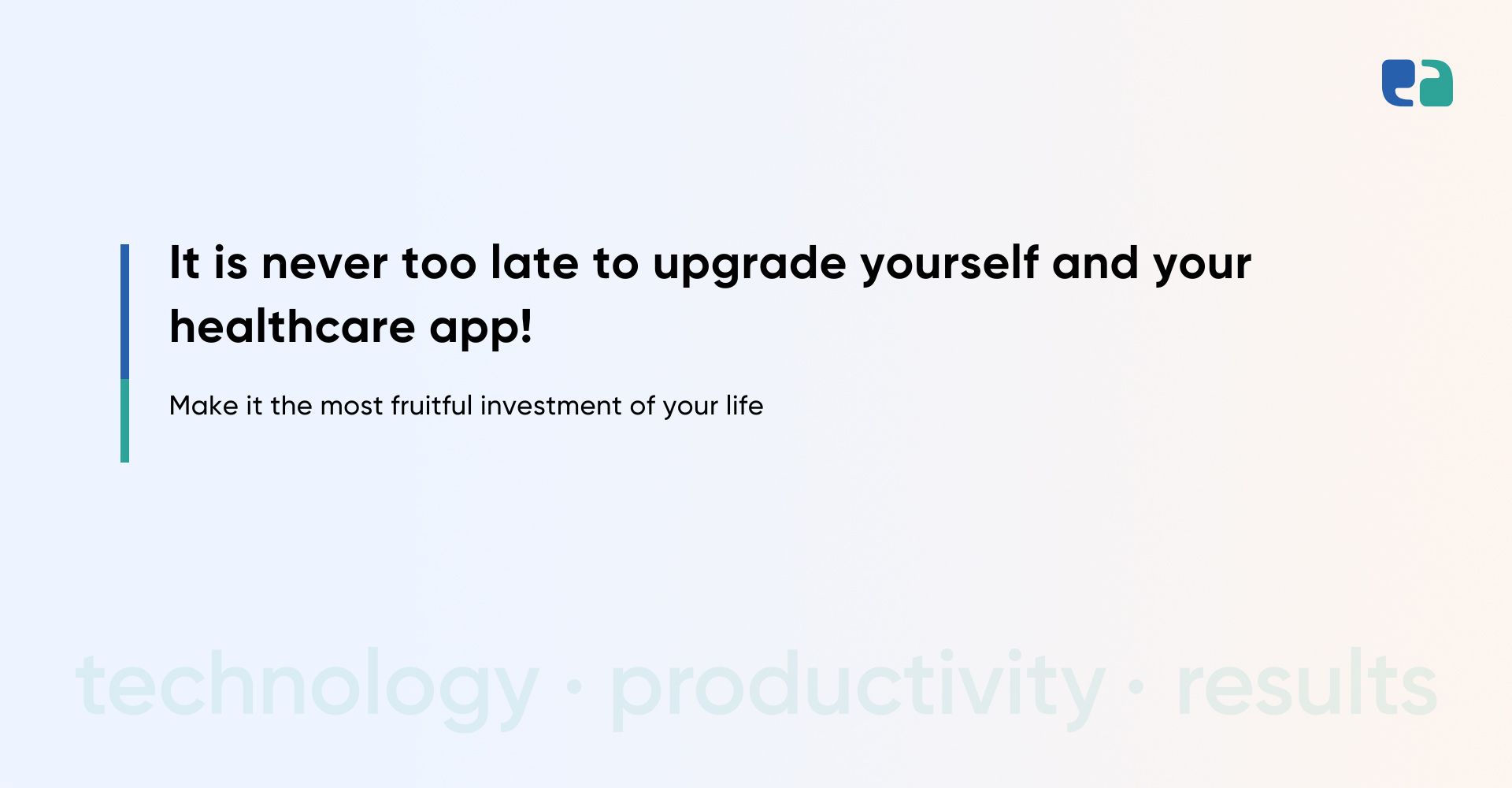Starting a baby care business might seem tricky, but Owlet Baby Care shows how powerful tech can make it easier.
Did you know that parents wake up almost 8 times a night just to check on their baby?
The first year is filled with exhaustion, worry, and fear of their baby getting sick.
Sleep deprivation and anxiety are huge struggles for new parents.
But here’s the good news: nearly 75% of parents say baby monitoring technology has helped them feel less stressed.
Owlet tapped into this need and built smart monitors that give parents peace of mind.
In this blog, we’ll talk about how Owlet used tech to become a successful baby monitoring brand and what you can learn to start a business like theirs.
Owlet Baby Care: A Medical-Grade Baby Monitoring at Home

Owlet Baby Care started in 2013 with a simple idea—helping parents keep a closer eye on their baby’s health at home.
The founders began working on an infant pulse oximeter, a device that monitors oxygen levels and heart rate.
They wanted to give parents peace of mind, knowing they could check on their baby’s well-being anytime.
In 2013, Owlet joined TechStars, a program that helps startups grow. This was a big step forward for the company.
Soon, they launched their first product—the Owlet Smart Sock. It was a wearable device that tracked a baby’s vitals and alerted parents if something seemed off.
Over the years, Owlet faced challenges, including an FDA warning about the Smart Sock.
But instead of giving up, they adapted. They shifted their focus to sleep monitoring and launched the Dream Duo, which includes the Dream Sock.
This new device helps parents track their baby’s sleep and offers tips to improve sleep quality.
Today, Owlet continues to innovate and has raised $25 million in funding. They’ve come a long way, helping parents worry less and sleep more.
The Role of Technology in Owlet’s Success: 4 Lessons
How to Build a Baby Monitoring Solution Like Owlet: Top 4 Tips)

Key Considerations for Developing Wearable Baby Monitoring Devices
- Ensure accurate tracking of vital signs like heart rate and sleep patterns.
- Design for comfort and safety, making the device gentle for babies to wear.
- Implement reliable wireless technology for seamless, real-time data transmission.
- Protect sensitive data with strong encryption and robust privacy measures.
- Comply with industry standards and regulatory requirements for medical devices.
- Create a user-friendly mobile app with clear data presentation and actionable insights.
- Conduct thorough testing and gather user feedback to refine the device.
3 App Development Options for Your Baby Monitoring Solution
When developing a baby monitoring app, choosing the right approach to app development can significantly impact both the cost and functionality of your solution.
Here’s a quick overview of the main development methods:






